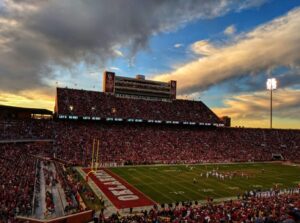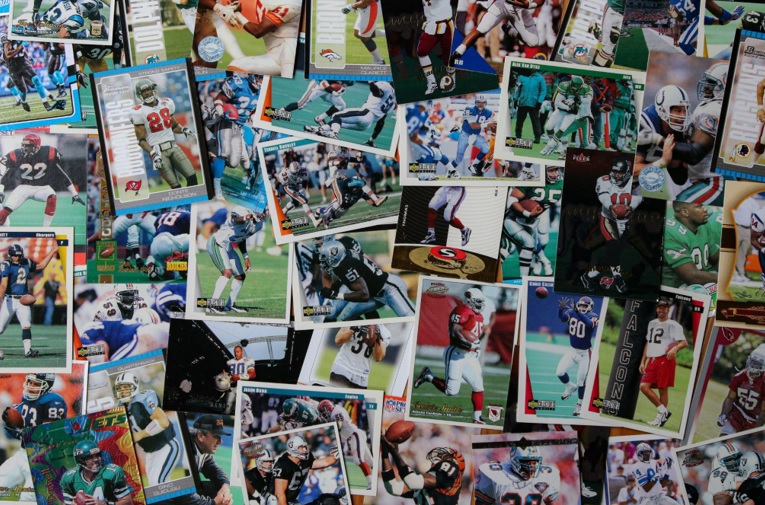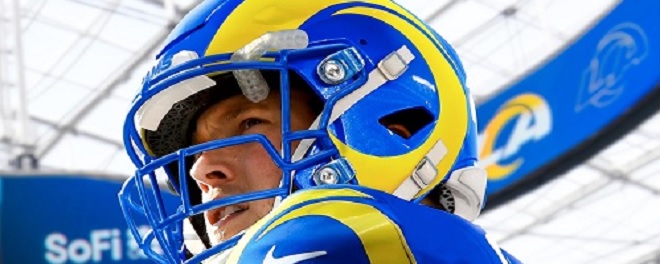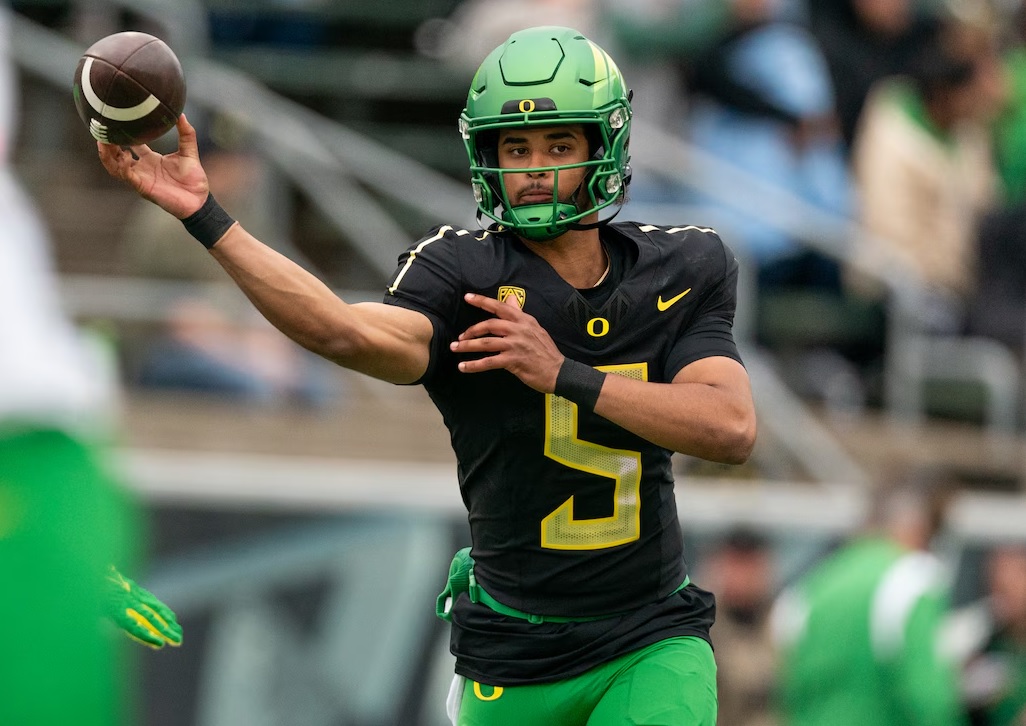If you’ve ever tried managing a fantasy football team beyond the first few picks, you’ll know strategy starts where hype ends. The NFL Draft, with all its layers of risk, projection, and roster-building philosophy, mirrors fantasy football more than people want to admit.
Start with Team Context, Not Just Talent
NFL general managers don’t just draft talent. They draft based on scheme, culture fit, and depth chart realities. You should, too. Take Jahmyr Gibbs last year. Most fantasy managers saw a dynamic back, which he is. But Detroit already had David Montgomery, and head coach Dan Campbell loves bruising, clock-chewing backs. Gibbs was electric, but his touches early in the season reflected the team’s identity more than his skill set. In fantasy, that translated to inconsistency until later in the year.
And there are plenty of available esport markets where you can start betting and building your fantasy teams. If you can’t make your own, you can always look at others, get inspiration, follow them, bet, and upgrade your team with tips from the pros. So don’t just chase stats or highlight reels. Ask: *How will this player be used?* What kind of offense is he entering? Who’s ahead of him? That’s draft-level thinking.
The Draft Teaches You to Forecast, Not React
NFL teams draft for *future value*, not just immediate production. Fantasy managers, especially new ones, often fall into the trap of thinking in-week instead of in-season. Let’s say it’s the 9th round. You’re staring at a proven WR2 with a capped ceiling or a rookie with minimal preseason hype but clear long-term upside. What’s your goal? If you’re trying to win your league, the answer leans toward the ceiling. Think like a GM. Be willing to bet on development.
We saw this with Puka Nacua in 2023 and in 2024. No one drafted him high. But the Rams’ offensive structure and injuries created a perfect storm. Those who saw the potential — not just the situation in August — cashed in big. NFL teams make these calls every April. Fantasy managers should, too.
Depth Wins. So Does Knowing When Not to Reach
NFL teams get punished for reaching. Fantasy owners do too. You don’t need to take a tight end in round 4 just because there’s a drop-off coming. Sometimes it’s better to let the run go, pivot your strategy, and load up elsewhere. Teams that draft for need rather than value often end up with regrets. The same principle applies here.
That said, depth matters. NFL franchises invest in players who won’t start for two years. In fantasy, the equivalent is grabbing high-upside backups, even if they ride the bench early. Think of 2022’s Kenneth Walker or 2023’s De’Von Achane — players who weren’t locked-in starters but eventually became fantasy gold. Even today, we have the dilemma of whether to buy or sell Kenneth Walker ?
Don’t Ignore the Intangibles
NFL scouts still spend hours on player interviews, leadership evaluations, work ethic reports — all the “non-football” stuff. Why? Because character often translates to opportunity and reliability. You won’t get that level of access in fantasy, but you can pay attention to how players handle adversity. Did a player bounce back after a rough season? How do teammates talk about him? Does the coaching staff trust him in pass protection?
Adapt in Real Time — But Don’t Panic
NFL teams build draft boards over months, but the best drafters know how to shift mid-draft. If a top-graded cornerback falls unexpectedly, they’ll adjust. They don’t freeze. And they certainly don’t panic, reach for a guard just because they felt like it pre-draft.
Fantasy drafts can flip on one unexpected pick. Suddenly, the sleeper you wanted goes two rounds early. Or a run on quarterbacks starts in the 5th. Fine. Reassess. Pivot. But stick to your structure. Maybe you lean heavier into wideouts now. Maybe you delay the tight end even more.

Late Rounds Are Where Leagues Are Won
Watch an NFL team’s day three picks. That’s where scouts show their real value. Everyone knows who to take in the top 10. But late round gems — that’s where reputations are built. Same thing in fantasy. You need to treat rounds 10–16 like gold. Stash explosive rookies like TreVeyon Henderson and others.
Take a backup QB with upside. Go for a WR3 in a pass-heavy offense. Maybe the floor is low, but these picks aren’t about safety. They’re lottery tickets. The draft shows us that every year. Tom Brady went pick 199. Don’t tell me round 14 of your fantasy draft doesn’t matter.
Watch the Coaches, Not Just the Players
Another angle: NFL teams don’t draft in a vacuum. Coaching matters. A quarterback in Kyle Shanahan’s system will look very different from the same quarterback under a conservative OC. The same goes for fantasy. Watch for offensive systems that produce consistent fantasy production. Kansas City spreads the ball. Miami’s wideouts stretch the field vertically. Baltimore leans into the run. Don’t just draft talent. Draft roles inside systems.
Final Thought
The NFL Draft isn’t just a TV event — it’s a masterclass in roster construction under pressure. Fantasy managers who pay attention to its rhythms, logic, and pitfalls usually draft smarter.





